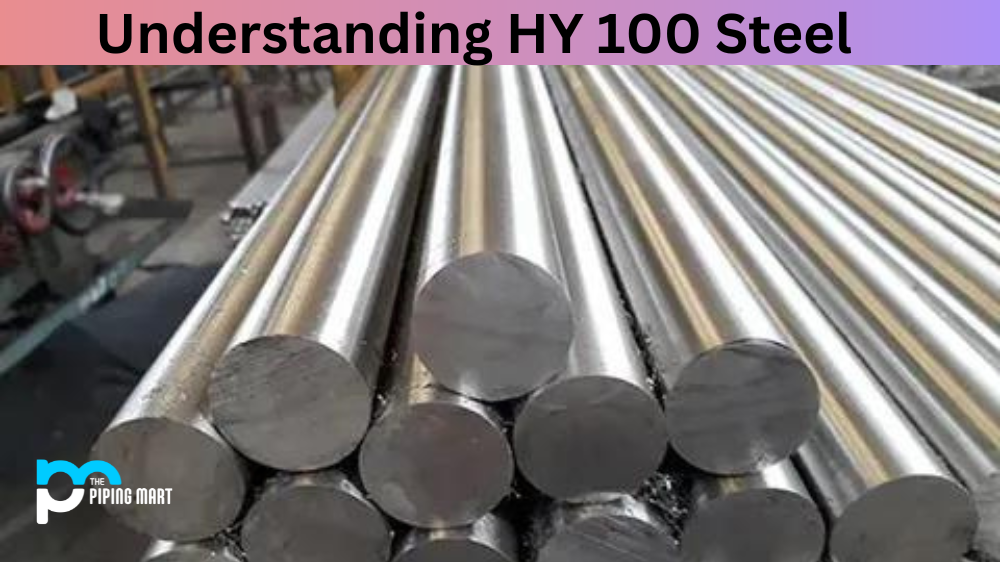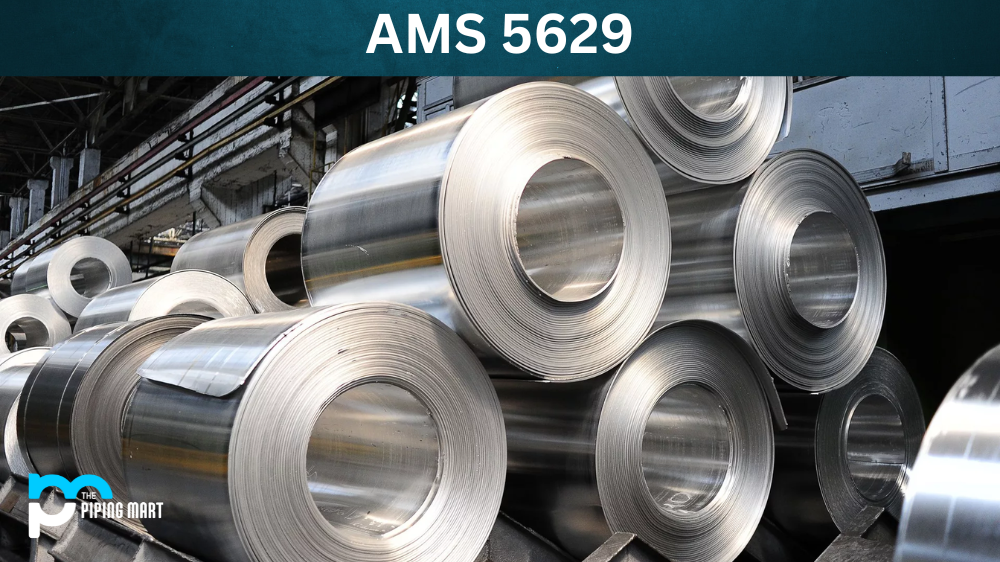AMS 5542 is a versatile material with immense popularity for its diverse properties and applications. This aerospace-grade stainless steel alloy has captured the imagination of engineers, metallurgists, and manufacturers alike. It is a high-strength, low-corrosion, and low-magnetic alloy widely used in various industries, including aerospace, defence, medical, and oil and gas. In this article, we shall dive deep into the composition, physical and mechanical properties, uses, and heat treatment of AMS 5542.
What is AMS 5542?
AMS 5542 is a high-temperature nickel alloy commonly used in gas turbine engines, chemical processing equipment, and nuclear reactors. This type of alloy is known for its strength, durability, and resistance to corrosion and oxidation. It can withstand temperatures of up to 1,200 degrees Fahrenheit!
AMS 5542 Composition
AMS 5542 is a precipitation-hardening stainless steel alloy that combines nickel, chromium, and copper as primary alloys. It also contains small traces of manganese, silicon, phosphorus, sulfur, and carbon. The chemical composition of AMS 5542 is given as follows:
– Nickel (Ni): 12.5% – 14.5%
– Chromium (Cr): 16.0% – 17.5%
– Copper (Cu): 1.5% – 2.5%
– Manganese (Mn): max. 1.0%
– Silicon (Si): max. 1.0%
– Phosphorus (P): max. 0.040%
– Sulfur (S): max. 0.030%
– Carbon (C): max. 0.050%
AMS 5542 Physical Properties
AMS 5542 exhibits excellent physical properties such as high tensile and yield strength, low magnetic permeability, and good resistance to corrosion and oxidation at high temperatures. Some of the notable physical properties of AMS 5542 are:
– Density: 0.282 lb/in3 (7.81 g/cm3)
– Electrical Conductivity: 3% IACS (International Annealed Copper Standard)
– Magnetic Permeability: max. 1.001
– Melting Point: 1382°C (2519°F)
AMS 5542 Mechanical Properties
The mechanical properties of AMS 5542 are dependent on its heat treatment process. After heat treatment, the alloy exhibits high strength at room temperature and excellent toughness and ductility. It shows good resistance to stress-corrosion cracking, fatigue, and creep. Some of the mechanical properties of AMS 5542 after heat treatment are:
– Tensile Strength: 176 ksi (1213 MPa)
– Yield Strength (0.2% offset): 153 ksi (1053 MPa)
– Elongation: 10%
– Hardness: 32 HRC
AMS 5542 Equivalent
AMS 5542 Uses
Due to its exceptional properties, AMS 5542 has many uses in the aerospace, defence, medical, and oil and gas industries. Its low-magnetic permeability makes it particularly suitable for submarine and aerospace applications. It is used to manufacture aircraft and engine parts, missile parts, surgical instruments, dental implants, and components for oil and gas drilling.
AMS 5542 Hardness
The hardness of AMS 5542 varies with the heat treatment processes. The standard heat treatment process involves ageing at 525°C for 4 hours before air cooling. This makes the alloy achieve a hardness of about 32 HRC. However, other heat treatment processes, such as annealing, hot working, and cold working, can also affect the hardness of AMS 5542.
AMS 5542 Heat Treatment
The heat treatment of AMS 5542 is essential in determining its mechanical and physical properties. The most commonly used heat treatment process is the solution heat treatment, which involves heating the alloy to 1010°C – 1120°C before quenching it in water, oil, or air. This process eliminates metallurgical defects and excess nickel and chromium carbides, making the alloy easier to work with. The alloy is then aged at 525°C for 4 hours to achieve the desired strength and hardness.
Conclusion:
AMS 5542 is a high-strength, low-corrosion, and low-magnetic alloy widely used in various industries, such as aerospace, defence, medical, and oil and gas. Its exceptional properties have made it a reliable and efficient option for manufacturers and engineers. Understanding its chemical composition, physical and mechanical properties uses, and heat treatment processes can help optimize its performance and ensure safety and quality in its applications.

Abhishek is a seasoned blogger and industry expert, sharing his insights and knowledge on various topics. With his research, Abhishek offers valuable insights and tips for professionals and enthusiasts. Follow him for expert advice on the latest trends and developments in the metal industry.




